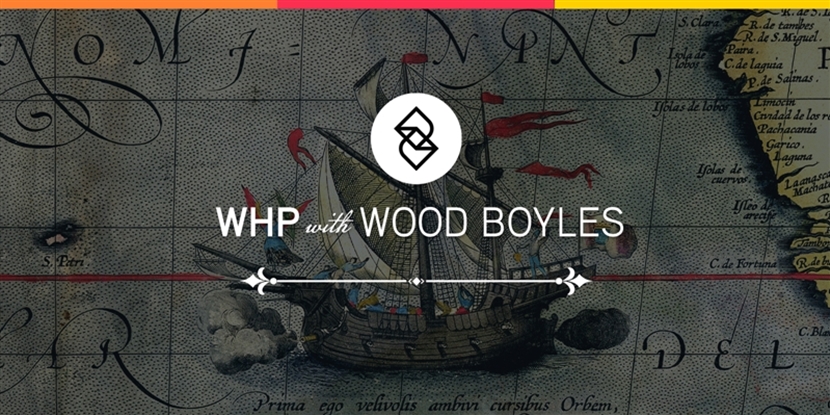Today, we call the period from 1919 to the late 1930s “the interwar period.” The bitterness felt by many nations after World War I helped cause the deadliest war in human history. In the lead up to that new war, the Great Depression devastated nearly all the world’s economies. The hope in the 1920s that internationalism could save the future from war quickly faded in the 1930s, as economic collapse led to the rise of fascism and authoritarianism. The horrors of the Second World War could not have been predicted, but we have the ability as historians to debate their causes.
Driving Question: Why was the First World War followed closely by a Second World War?
- Well, there are quite a few reasons for this and most of them show that the end of WWI hadn’t really brought peace and prosperity to the world. The Spanish Flu, which broke out towards the end of WWI, was just as devastating as the war itself in terms of lives lost and the impact on the global economy. To make things worse, the peace talks at the end of the war weren’t very successful. The winners couldn’t agree on who would get what, and Germany was held responsible for all reparations (payments for war damages). Additionally, the League of Nations was really a failure since not everyone decided to join, and the organization had no real power to stop war. And then there was the Great Depression.
- So, overall, people were suffering. They began to believe less in democracy and liberal ideals. Governments began to form that were not only undemocratic, authoritarianist, and nationalistic, but also fascist. These ingredients all combined together created a recipe for another World War.
Word of the Day: Fascism
- Definition: A movement that glorifies a nation and often a specific race above the needs of individuals.
- Fascism, which started in Italy, got its name from a symbol of the Roman Republic, the fasces. The fasces are a bundle of sticks with an axe head, representing strength in numbers. Have you ever tried to break a single pencil? Pretty easy, right? But if you tie 30 of them together, they’re not so easy to break anymore. Fascists strongly devalued the rights of individuals and used propaganda extensively to establish a single, nationalized set of beliefs and values.
Lesson
- Watch What is Fascism in Lesson 7.2 on Khan Academy.
- As you watch, think about what fascists believed and why someone would follow a fascist leader. Also, how did fascism contribute to the start of World War II?
Historian’s Journal Prompt
- Does anyone live in a fascist state today? Why or why not?
- You may have heard some people talk about this person or that person calling someone a fascist. However, do we really have fascists today if we think about how fascism is really defined? Or is it really just a form of name calling when someone uses the term today?

